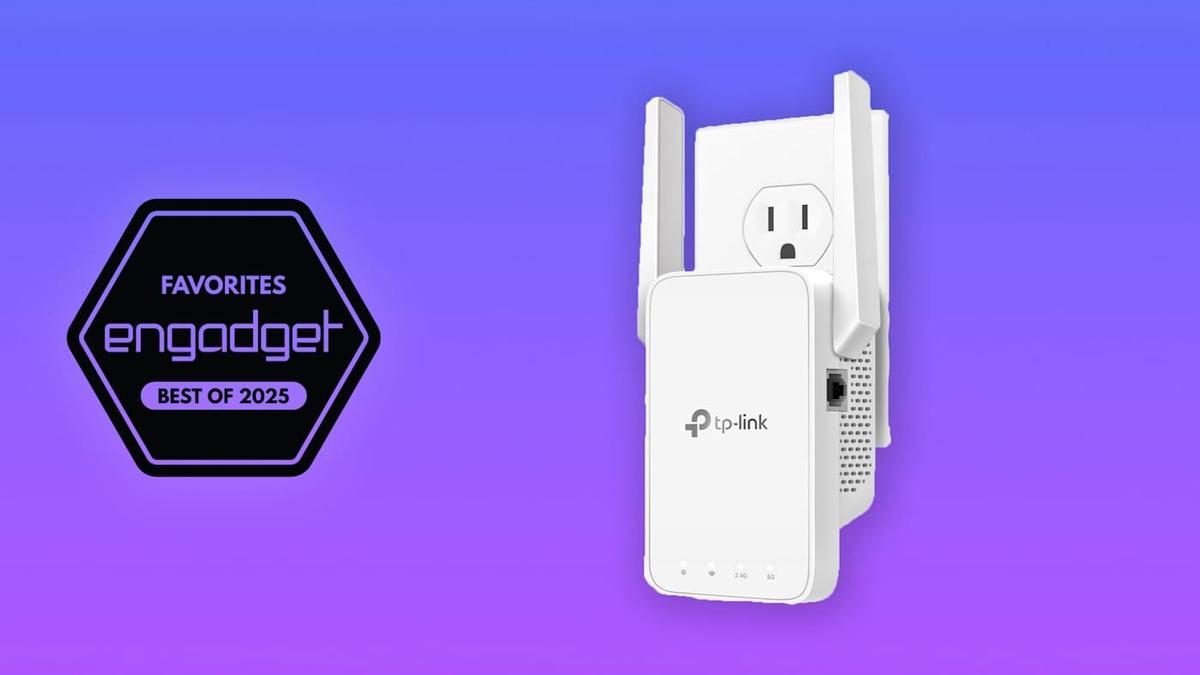Tech Meets Nature: Using AI to Attract More Birds to Your Feeder
Tech Meets Nature: Using AI to Attract More Birds to Your Feeder
We often think of technology as something strictly indoors, confined to our screens and gadgets. But what if we could use tech to enhance our connection with nature, right in our own backyards? Believe it or not, there are ways to use modern advancements, even AI, to attract more birds to your feeder. Let’s dive in!
Location, Location, Location: The Basics Still Apply
Just like in real estate, location is key in the bird world. Before we get to the techy stuff, let’s cover the fundamentals. A good location for your bird feeder is:
- Sheltered: Away from strong winds and harsh weather.
- Safe: Protected from predators like cats.
- Accessible: Easy for you to refill and clean.
- Visible: Where birds can easily spot it.
Leveraging Technology for Birdwatching
Okay, now for the fun part: how can we use technology to improve our bird-attracting game?
1. Smart Bird Feeders with AI Identification
These aren’t your grandma’s bird feeders. Smart feeders come equipped with cameras and AI that can identify the types of birds visiting your feeder. This data is invaluable! Knowing what species frequent your yard allows you to:
- Tailor your seed: Different birds prefer different seeds. Knowing your visitors helps you choose the optimal blend.
- Adjust your feeder type: Some birds prefer tube feeders, while others prefer platform feeders. AI insights can guide your choice.
- Track bird activity: Monitor when certain species are most active and adjust your feeding schedule accordingly.
2. Sound Analysis for Bird Identification
Apps and devices can analyze bird songs and calls, helping you identify birds in your area even if you don’t see them. This information can inform your feeder placement and seed selection. For example, if you consistently hear the call of a Northern Cardinal, you know they’re around and might appreciate sunflower seeds.
3. Weather Data Integration
Weather patterns significantly impact bird behavior. Integrating weather data with your bird feeding strategy can be surprisingly effective. For example:
- Before a storm: Stock up on seed. Birds tend to feed more heavily before bad weather.
- During cold snaps: Provide high-energy foods like suet to help birds stay warm.
The Right Seed for the Right Bird
Choosing the right seed is crucial. Here’s a quick guide:
- Sunflower Seeds: A favorite of many birds, including cardinals, finches, and chickadees.
- Nyjer (Thistle) Seed: Attracts finches.
- White Proso Millet: Popular with ground-feeding birds like doves and sparrows.
- Suet: A high-energy food that’s especially beneficial in winter.

Ethical Considerations
It’s important to be a responsible bird feeder. This means:
- Cleaning your feeder regularly: To prevent the spread of disease.
- Providing fresh water: Birds need water for drinking and bathing.
- Avoiding overcrowding: Too many birds at a feeder can increase the risk of disease.
Actionable Takeaway: Start Small and Observe
Don’t feel like you need to invest in all the latest tech gadgets right away. Start with a simple feeder, a bag of sunflower seeds, and a good pair of binoculars. Observe which birds visit your yard and adjust your strategy accordingly. You can gradually incorporate technology as you become more experienced.
Expert Commentary (Simulated)
“Using AI and data analysis to understand bird behavior is a game-changer,” says Dr. Emily Carter, a simulated ornithologist. “It allows us to create more effective and sustainable feeding strategies, benefiting both birds and birdwatchers.”
FAQ
Q: What’s the best type of bird feeder? A: It depends on the birds in your area. Tube feeders are good for smaller birds, while platform feeders are better for larger birds.
Q: How often should I clean my bird feeder? A: At least once every two weeks, or more often if you notice signs of mold or disease.
Q: What should I do if I see a sick bird at my feeder? A: Remove the feeder and clean it thoroughly. Contact your local wildlife rehabilitation center for advice.
Key Takeaways
- Location is still paramount for attracting birds.
- Smart feeders with AI can provide valuable insights into bird behavior.
- Choosing the right seed is crucial for attracting specific species.
- Ethical bird feeding practices are essential for bird health.
- Start small, observe, and adjust your strategy as needed.
By combining traditional bird feeding techniques with modern technology, you can create a more welcoming and sustainable environment for birds in your backyard. Happy birdwatching!
Source: CNET


